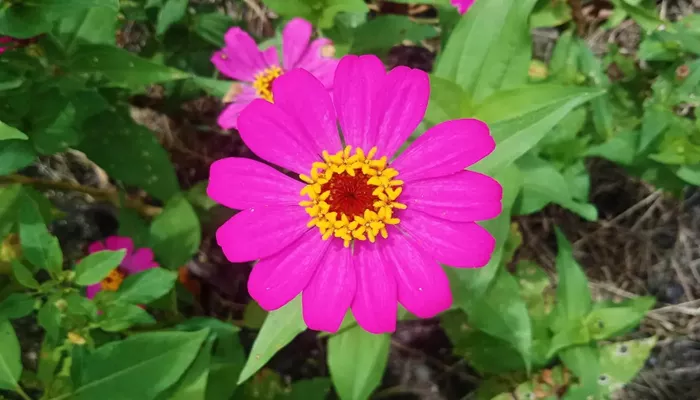The Asteraceae family, known for its extensive diversity, stands out among flowering plants. With approximately 34,000 species, it holds the title of the most varied plant family globally.
An international team of scientists, including experts from the University of Göttingen, recently investigated this remarkable family. By creating and analyzing a new global database, they traced the evolutionary paths and current distribution of all Asteraceae species.
Asteraceae on Island Shores
Remote islands often feature unique flora and fauna. The Asteraceae family is no exception, with significant diversity observed on islands like the Galápagos, Mauritius, and Polynesia. The family includes various intriguing species, such as the Bidens genus found on Pacific islands and the rare silverswords of Hawai’i. The giant Scalesia trees of the Galápagos also contribute to the family’s impressive biodiversity.
The Biodiversity Puzzle
Previously, the exact placement of Asteraceae species in the global context was unclear. The new global database has clarified this by revealing over 6,000 island-native Asteraceae species, with 60% unique to these islands. This discovery supports existing theories that isolated islands often harbor a wealth of unique species.
The Survival Challenge
Despite their diversity, many island Asteraceae species are critically endangered. This underscores the urgent need to study and protect these plants. “Asteraceae offers valuable insights into how new species evolve in remote environments,” says Professor Holger Kreft from the University of Göttingen.
Decoding Speciation
The researchers’ study also uncovered numerous potential speciation events, where new species may have evolved from a common ancestor on islands. The extent of these events surprised the team. “Our study indicates that Asteraceae’s evolutionary innovation may be more extensive than previously thought,” notes Lizzie Roeble from Naturalis Biodiversity Center.
The Importance of Preservation
The findings highlight Asteraceae’s role in ecosystems as a crucial food source for pollinators like bees, butterflies, and birds. Preserving these plants is vital for maintaining ecological balance and ensuring their continued evolution.
In summary, the Asteraceae family, with its diverse and evolving species, provides profound insights into the complexities of evolution. Each flowering plant tells a story of adaptation and survival, reminding us of the intricate dance of nature.
Related topics:
- How Orchids Use a Simple Trick to Grow New Flower Spikes in Just Days
- Plant Spider Lily Bulbs in Pots for Stunning Fall Blooms and Enhanced Curb Appeal
- Celebrate Fall Again at Bios on the Hill’s Autumn Flower Festival 2024


